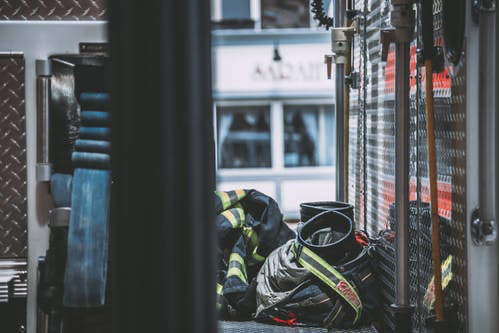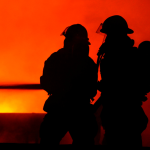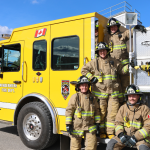The issue of firefighter availability to respond in emergencies is a common concern for fire departments. Priorities have certainly changed over the years and the demands on peoples’ time is much different than when I joined the fire service. The reality is many businesses can no longer afford to release employees as they have in the past. Fire departments who have self-employed members or shift members are blessed that daytime calls can usually be handled if the self-employed member has flexibility to adjust their workday. Some volunteer departments have made attempts to recruit employees of the local government who may be available more readily during the day.
As I am sure most fire departments are aware, there are software programs that can provide details of which firefighters are responding to a call and these programs can also provide accurate estimates of how long it will take those firefighters to get to the fire hall. Such information affords the incident commander the option to notify those firefighters about the status of the emergency and whether there are enough firefighters responding to deal with the emergency so other members may return to their workplace as soon as possible. The software has become a very efficient tool within the volunteer fire service especially with respect to incident management.|
I respect there is a cost aspect to the implementation of technology. If a department does not have the financial resources to purchase such a program, an approach I have taken was to arrange a meeting with those firefighters who are struggling to meet the emergencies response expectations that were explained to them when they joined the department. The objective of the meeting was to determine what the fire department’s leadership team could expect from the firefighter going forward. It would then be the Chief’s decision to determine a course of action that best serves the fire department and the community as a whole.
The level of service a volunteer fire department can provide will always be a challenge. It is truly dependent on the number of firefighters who are available, and, in many cases, it will be dependent on the level of training the responding firefighters bring to the emergency incident.
It is recommended that the local government responsible for the fire department, and the services it has asked the fire department to deliver, does all that it can to ensure that the health and welfare of their firefighters is recognized as a priority, by providing them with the best equipment and the most robust firefighter training programs the community can afford.
Dave Ferguson
Associate
January 2020






